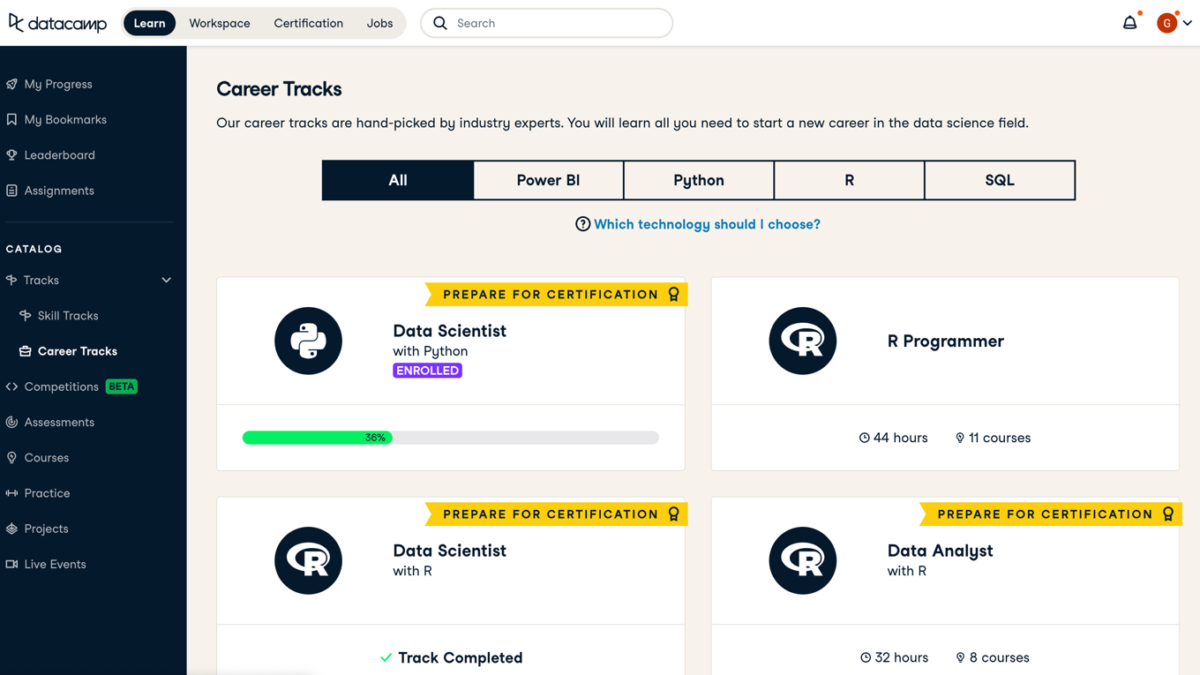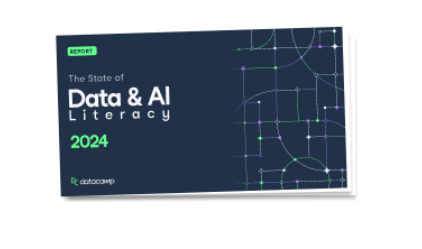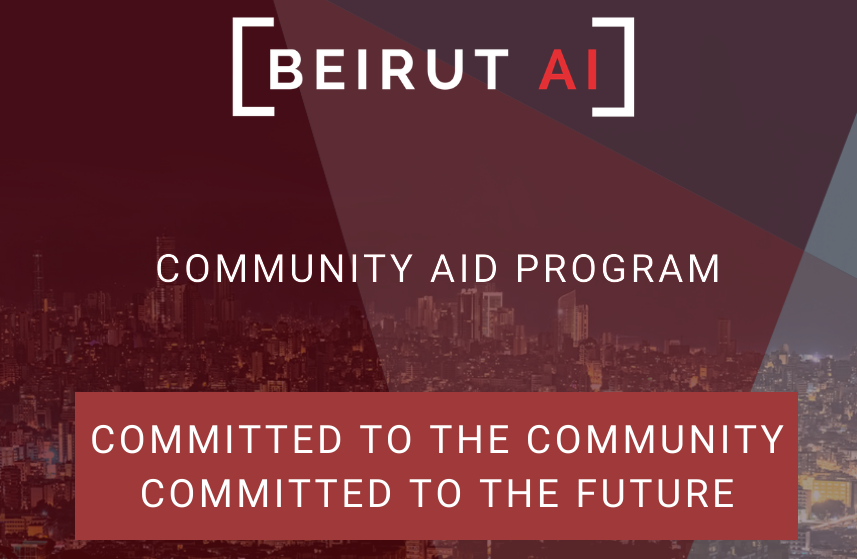
Testimonial CAP – 2022
July 31, 2022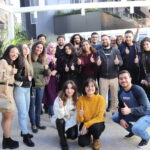
Shaping the Future – Beirut AI 2023’s Highlights
September 3, 2023Beirut AI has partnered up with DataCamp to benefit Lebanese Data Science and AI enthusiasts as a part of the Community Aid Program. Professional skills, rich knowledge and many more benefits have been provided to participants of the Community Aid Program through exclusive gatherings and free access to the online learning platform DataCamp. The following stories are bulletproofs written by two of our valued members showcasing how the program and DataCamp have been so fruitful in their journeys.
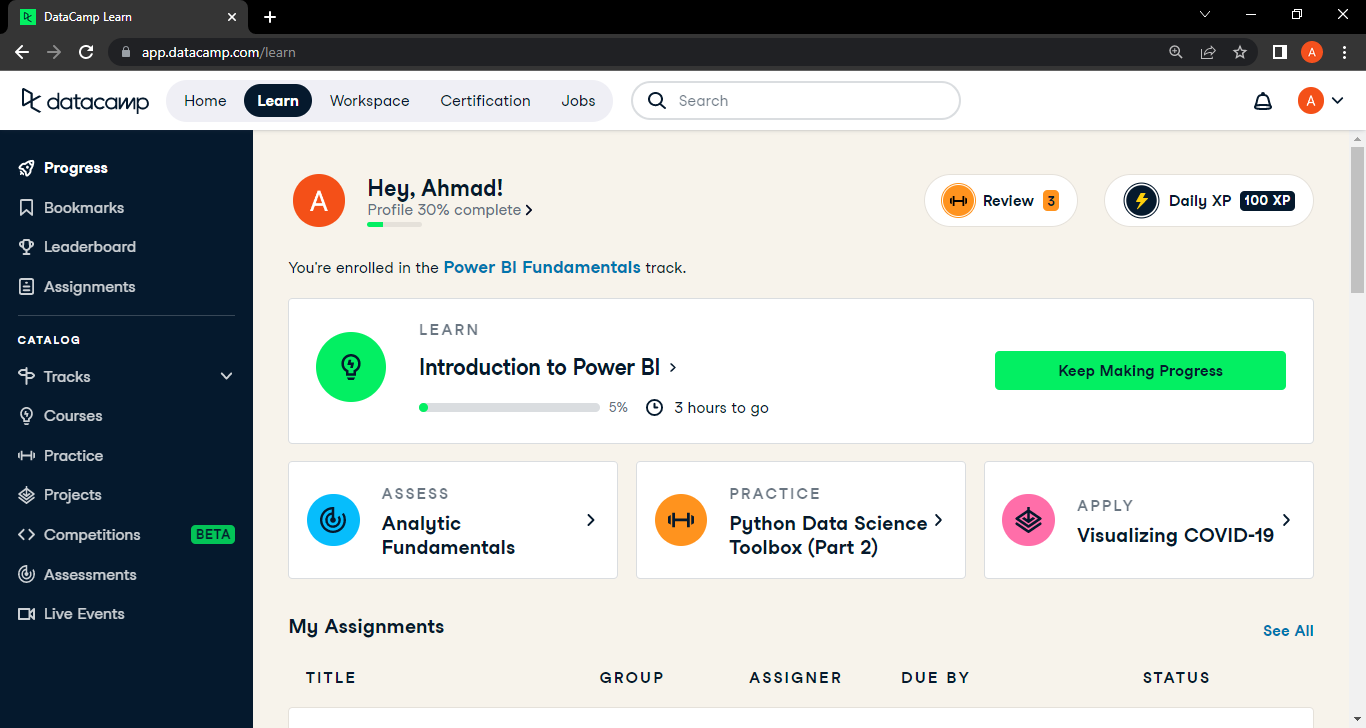
Figure 1: DataCamp main learning dashboard
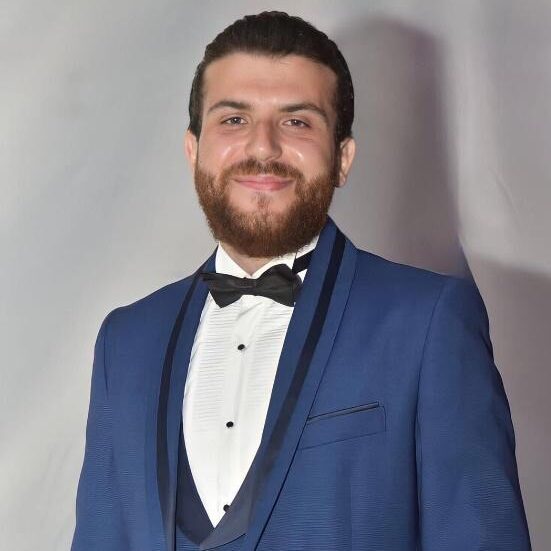
Ahmad Hamad
The first member is Ahmad Hamad, who comes from a theoretical background. Here is Ahmad’s experience:
My name is Ahmad Hamad, my educational background is originally in mathematics, I earned my BA from the Lebanese University, then my master from University of Geneva. Most of my courses were theoretical; However, I was more interested in applied mathematics. Living in a world where Artificial intelligence and technologies are everywhere, I was urged to start my learning journey in this field in order to acquire new knowledge and skills, combine them with my scientific background, and integrate them in the professional world.
At that time, I had thousands of questions in my head without answers such as; How do I start? Where and when should I start? Which platform, and field, should I choose? Which course and skill are the most important to start with? etc. I felt lost until I found the Beirut AI community. After attending many workshops hosted by industrial experts, and knowing the differences between different subfields of AI, I was ready to start my learning journey. These workshops helped me to choose my master’s thesis project topic which is a combination of mathematics and statistical machine learning. Nevertheless, the problem was that I know what I need yet still need to know where to start and how much it will cost me to learn. Again, the Community Aid Program of Beirut AI, which I am very grateful for, was the solution. With no past knowledge, my motivation was the only thing that pushed me to apply for the program.
After getting accepted, I had free access to DataCamp resource: an online learning platform with more than 400 courses covering different fields and tools. Maybe someone will wonder which courses should be selected among 400 courses; however, the structure is very helpful: you have a career track like the data science track, data analyst track etc., where each track has specifically related courses. You can also choose the tool you want to use in these tracks; I have chosen Python rather than R as a programming language since I had some little experience with Python in my university. I started with the data analyst track. By the end of the track, I was able to manipulate and visualize different types of data using the most powerful Python libraries like Pandas, NumPy and Seaborn. I really enjoyed the learning strategies on this platform because it was entertaining and fruitful at the same time. After every new concept I learned, I applied it in an extensive exercise instantly. That led me to use all my knowledge acquired in order to solve a real world problem in project form. I decided to continue my learning by taking the data science track to learn new machine learning algorithms and to know which algorithm I should apply in each problem.
At that time, I had thousands of questions in my head without answers such as; How do I start? Where and when should I start? Which platform, and field, should I choose? Which course and skill are the most important to start with? etc. I felt lost until I found the Beirut AI community. After attending many workshops hosted by industrial experts, and knowing the differences between different subfields of AI, I was ready to start my learning journey. These workshops helped me to choose my master’s thesis project topic which is a combination of mathematics and statistical machine learning. Nevertheless, the problem was that I know what I need yet still need to know where to start and how much it will cost me to learn. Again, the Community Aid Program of Beirut AI, which I am very grateful for, was the solution. With no past knowledge, my motivation was the only thing that pushed me to apply for the program.
After getting accepted, I had free access to DataCamp resource: an online learning platform with more than 400 courses covering different fields and tools. Maybe someone will wonder which courses should be selected among 400 courses; however, the structure is very helpful: you have a career track like the data science track, data analyst track etc., where each track has specifically related courses. You can also choose the tool you want to use in these tracks; I have chosen Python rather than R as a programming language since I had some little experience with Python in my university. I started with the data analyst track. By the end of the track, I was able to manipulate and visualize different types of data using the most powerful Python libraries like Pandas, NumPy and Seaborn. I really enjoyed the learning strategies on this platform because it was entertaining and fruitful at the same time. After every new concept I learned, I applied it in an extensive exercise instantly. That led me to use all my knowledge acquired in order to solve a real world problem in project form. I decided to continue my learning by taking the data science track to learn new machine learning algorithms and to know which algorithm I should apply in each problem.
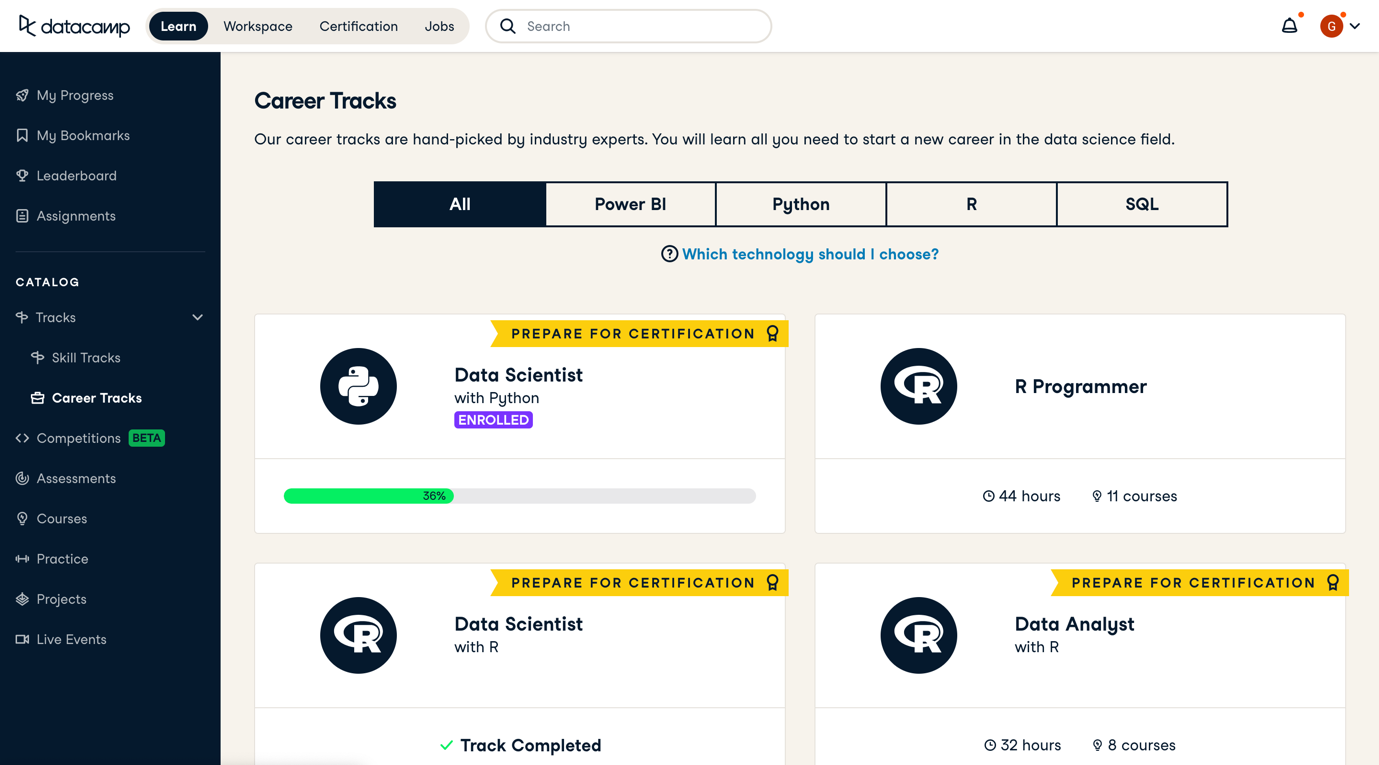
Figure 2: DataCamp career track page
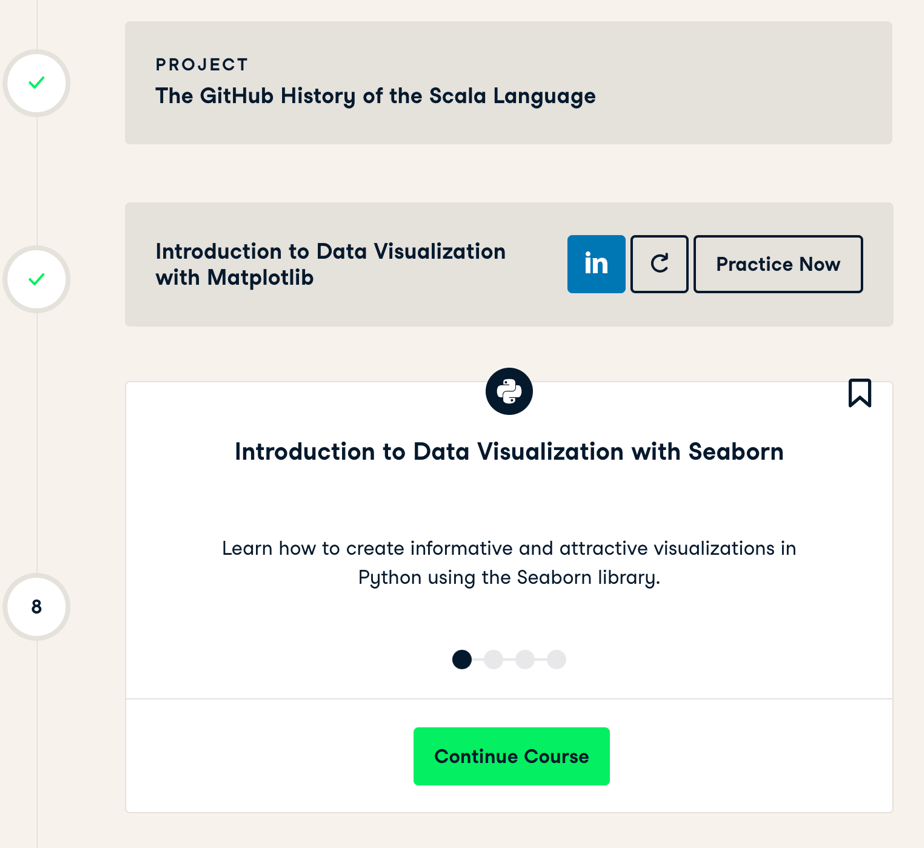
Figure 3: DataCamp Data Scientist career track in Python progression
Another big advantage of this platform that is rare to find in other resources is the skill track. Suppose you chose the data analyst track with Python while the job offer you are applying for requires R language. All you need to do is take the R skill track instead of retaking the career track with R, and this will save you a lot of time.
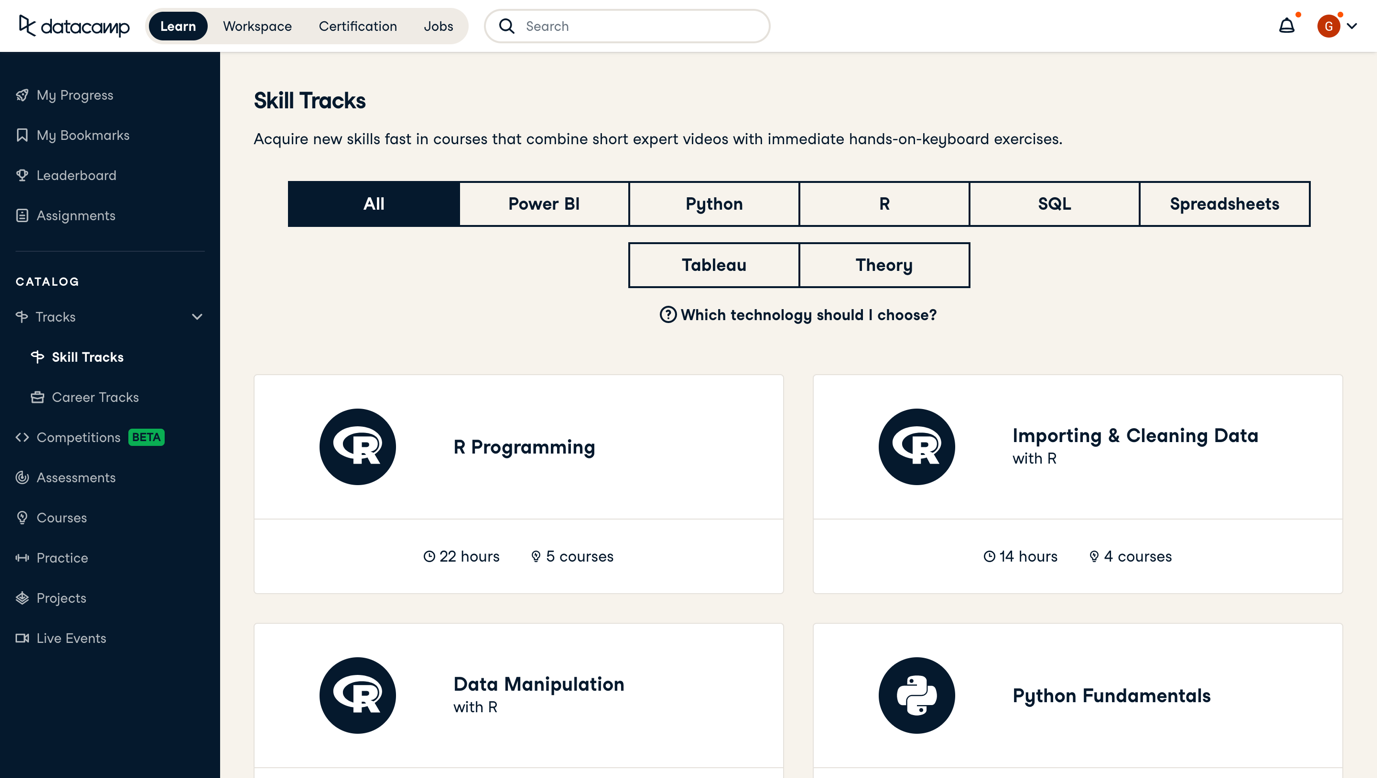
Figure 4: DataCamp skill track page
The most important thing is that now, after 6 months of learning, I can start applying for job opportunities while continuing my learning journey. Big thanks to Beirut AI and DataCamp for helping us achieve our goals. To all the people who read this now and felt lost, don’t overthink. Believe in yourself: you can do it too. Just Apply and start!
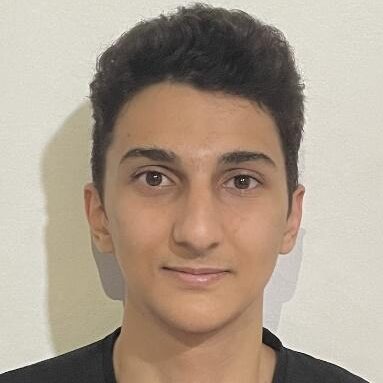
Firas Abou Karnib
Another real-life experience attesting to this exceptional opportunity is that of Firas Abou Karnib, who is a mechatronics engineering student; he wrote:
To think that I would go from accidentally discovering the Community Aid Program to having the honor of writing this blog is never something I would have imagined happening in the last 5 months. The Community Aid program is one of these rare opportunities that sound too good to be true: You join a community that is interested in collaboration and learning about Artificial Intelligence, you expand your network and meet fascinating people of diverse backgrounds and interests, you gain access to intriguing workshops and seminars involving the state-of-the-art technologies, and you gain free access to DataCamp where you can learn almost anything about Data Science, SQL, Machine Learning and much more.
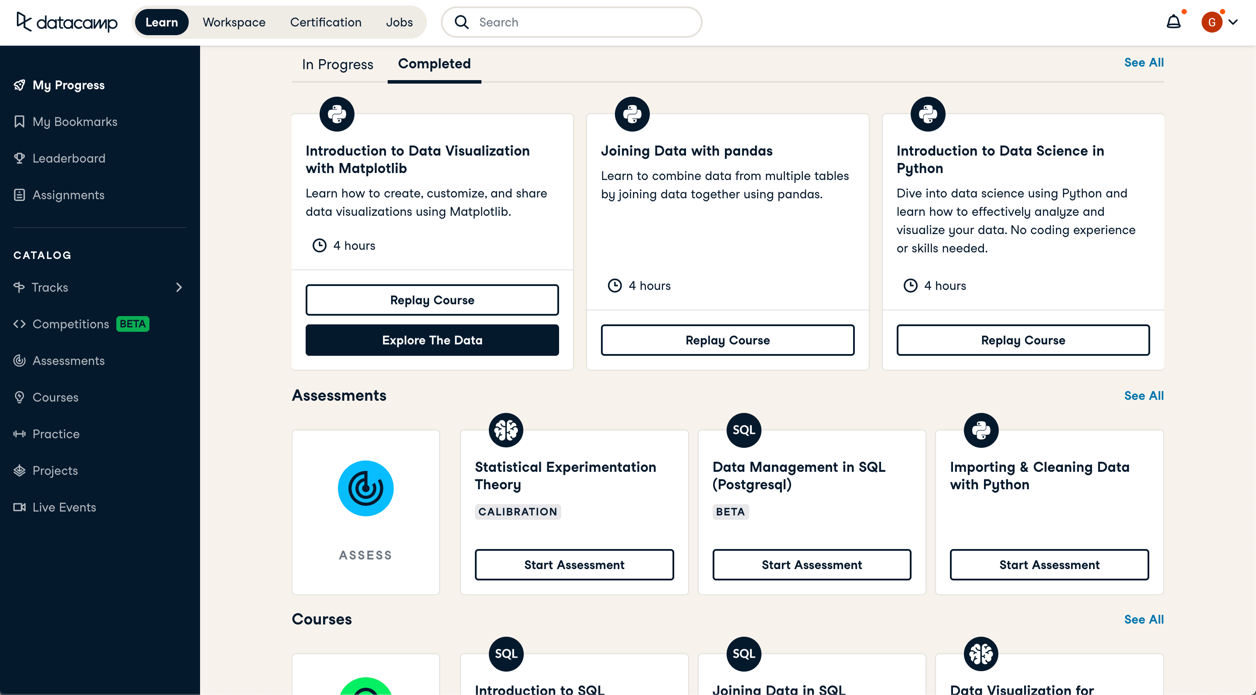
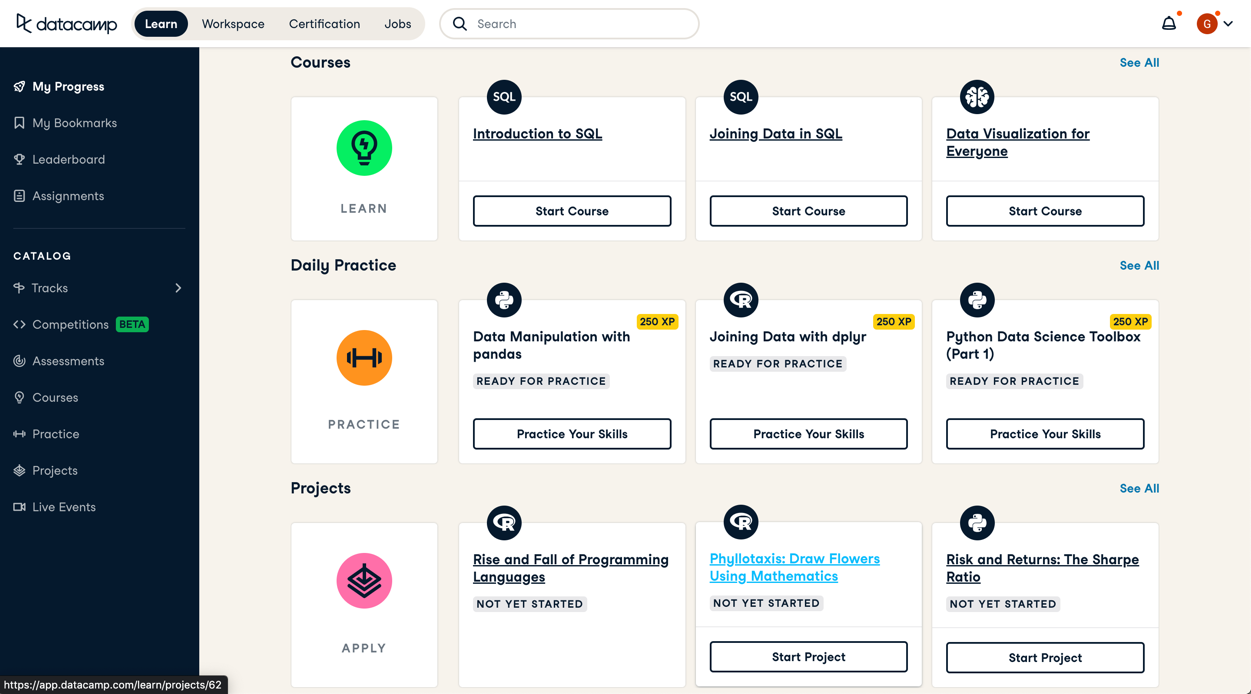
Figure 5/6: DataCamp main dashboard with courses, daily practice, assessment, and projects sections
This program is like a gift that keeps giving, and I am grateful to have such an opportunity. On DataCamp, I loved learning Python for Data Science- involving Statistics, Pandas, NumPy, and Matplotlib. I also enjoyed learning theory and diving into projects to apply my newly acquired knowledge.
I am hoping that someday my growing skills will outstand beyond the program and be applied in my robotics and mechatronics projects! A huge thanks to the Beirut AI team that made this happen, and I cannot wait to see what will unfold in 2023.
The Community Aid Program is more than glad to help and guide beginners into their learning journey, and will continue to be the first supporter to its members. Since so many enthusiasts from diverse backgrounds have the wish but don’t know where to find the means, this program was created for them.
If you are aged 16 years and older, Lebanese Resident, and interested in Data Science and/or AI, apply through the following link, No previous experience required!
The Community Aid Program is more than glad to help and guide beginners into their learning journey, and will continue to be the first supporter to its members. Since so many enthusiasts from diverse backgrounds have the wish but don’t know where to find the means, this program was created for them.
If you are aged 16 years and older, Lebanese Resident, and interested in Data Science and/or AI, apply through the following link, No previous experience required!

